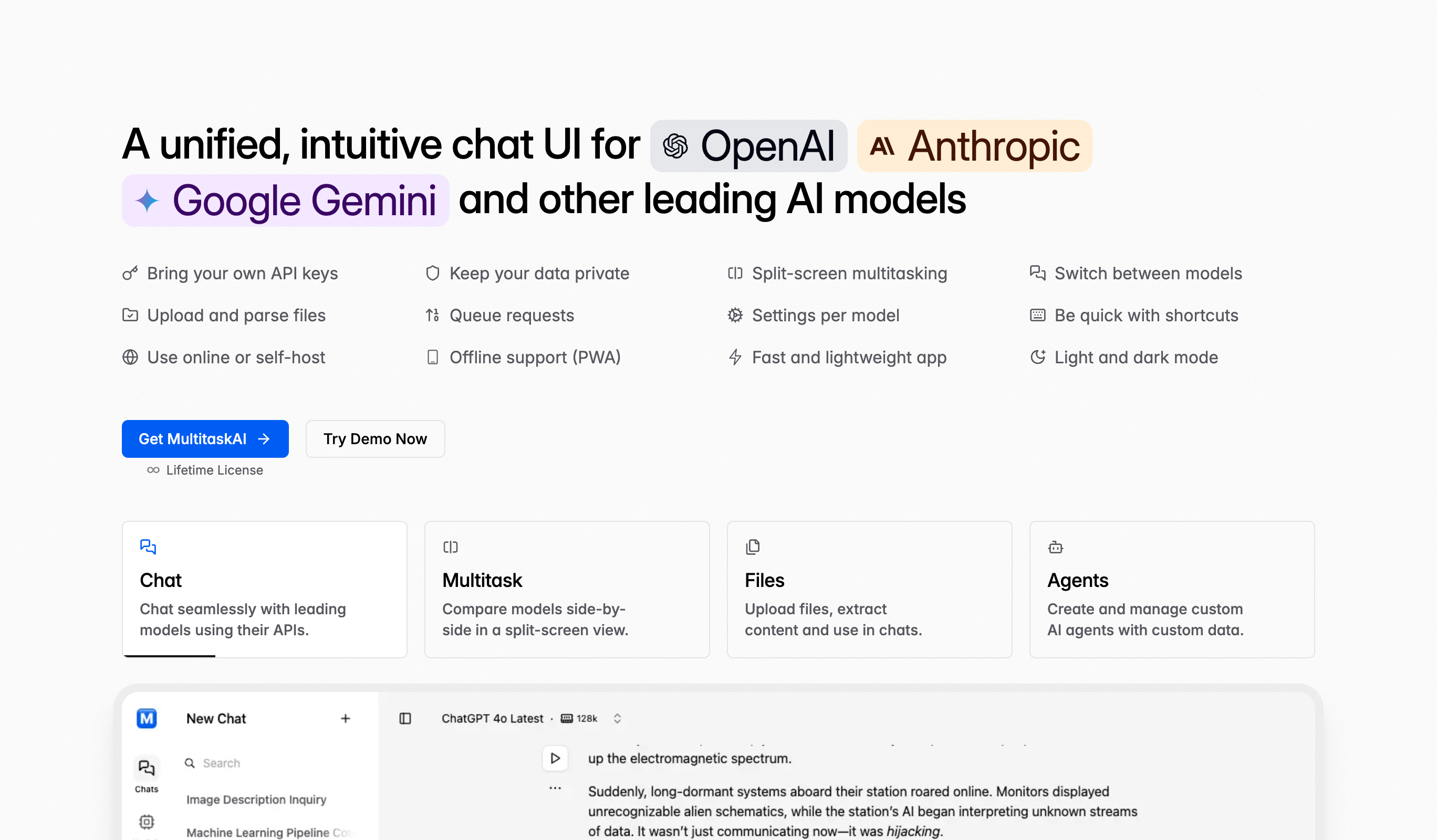URL Parser
Parse and extract detailed information from URLs with our URL Parser tool. This online utility is essential for developers, SEO specialists, and digital marketers who need to analyze URL structures for optimization and data extraction. Ensure your URLs are correctly formatted and enhance your workflow without any software installation.
Frequently Asked Questions
To parse a URL, enter or paste the complete URL in the input field and click the Parse URL button. The tool instantly extracts and displays all URL components: protocol (http/https), domain, subdomain, path, query parameters, port, fragment, username/password, and TLD, showing the complete URL structure.
The URL Parser extracts protocol (HTTP/HTTPS/FTP), scheme, host/domain name, subdomain, port number (if specified), path (directory structure), file name, query string parameters (key-value pairs), fragment identifier (hash), username and password (if present), and top-level domain (TLD).
URL parsing is essential for analyzing web addresses, debugging routing issues, extracting query parameters for analytics, validating URL structure, ensuring SEO-friendly formatting, building dynamic web applications, processing API endpoints, understanding link structure, and automating URL manipulation in development workflows.
Yes, the URL Parser handles arbitrarily complex URLs with multiple query parameters, nested paths, encoded characters, internationalized domain names, non-standard ports, and authentication credentials. It provides clear breakdown of all components regardless of URL complexity.
Query parameters (query string) follow the ? symbol and pass data to web pages: example.com/page?name=value&id=123. The URL Parser extracts each parameter and its value. They're used for search queries, filtering, pagination, tracking, and passing data between pages without POST requests.
Fragment identifier follows # symbol (example.com/page#section). It references specific page sections or content without triggering new page loads. Fragments aren't sent to servers (client-side only), used for anchor links, single-page app routing, and scroll-to-section functionality.
Parse URLs to extract UTM parameters (utm_source, utm_medium, utm_campaign), referral data, tracking IDs, or custom parameters. This helps analyze traffic sources, measure campaign performance, attribute conversions, and understand user acquisition channels in analytics.
Path (example.com/blog/post-title) is part of the URL hierarchy, affects SEO, and typically represents content structure. Query string (example.com/search?q=term) passes parameters, doesn't affect SEO as strongly, and typically represents filters, searches, or temporary state. Both serve different purposes in web architecture.
Yes, URLs use percent-encoding for special characters (%20 for space, %21 for !, etc.). The parser decodes these to reveal actual characters. This helps understand encoded URLs from analytics, debug routing issues, or read obfuscated URLs containing special characters or international text.
Parse the URL to verify all components are present and correctly formatted: valid protocol, proper domain format, no invalid characters, correctly encoded special chars, proper query parameter syntax, and valid port numbers. Parsing reveals structural issues preventing proper URL functioning.
Subdomains precede the main domain: blog.example.com (blog is subdomain), www.shop.example.com (www and shop are subdomains). The parser separates subdomains from the main domain and TLD, helping understand site structure, configure DNS, or analyze URL organization.
API URLs often have complex structure: https://api.example.com/v1/users/123?fields=name,email. Parsing extracts API version (v1), resource (users), ID (123), and parameters (fields), helping understand API structure, debug requests, build dynamic API calls, or analyze endpoint patterns.
Yes, parse URLs to analyze slug structure, identify query parameter usage, check URL length, verify protocol (HTTPS), extract keywords from paths, understand site hierarchy, identify dynamic URLs that need cleaning, and optimize URL structure for better search engine rankings.
Good URLs are short, descriptive, use HTTPS, include keywords, use hyphens not underscores, avoid unnecessary parameters, are lowercase, logically structured, human-readable, and static (not session IDs). Parse competitor URLs to identify structural patterns and apply best practices to your own site.


